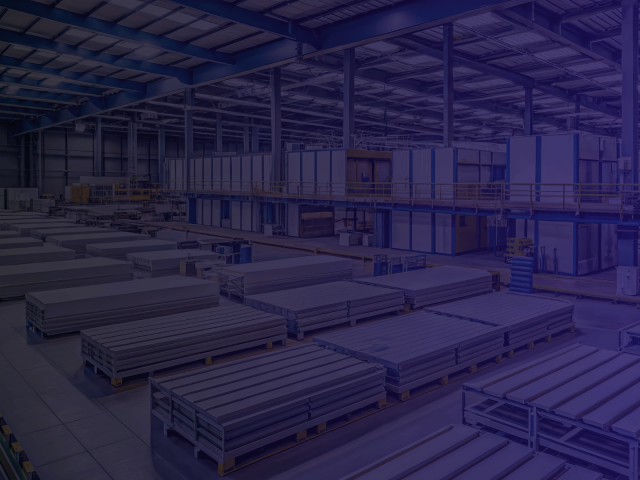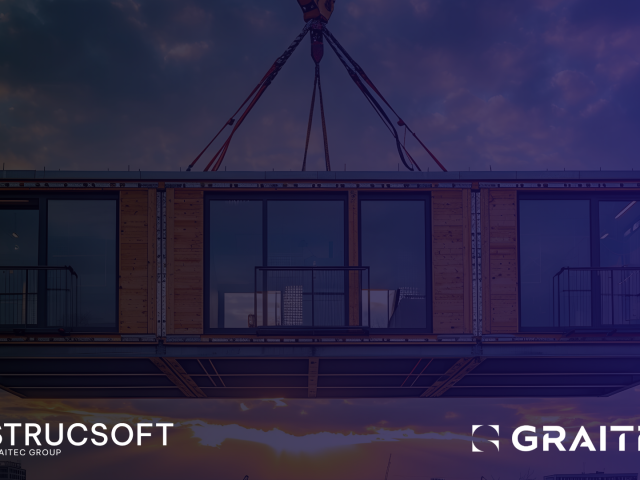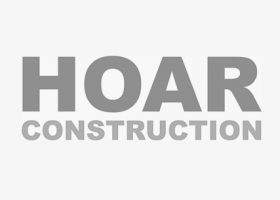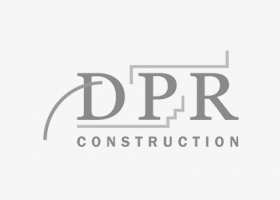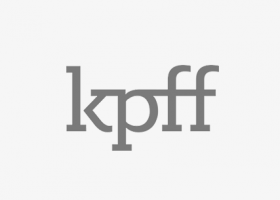Stakeholders in the offsite and prefab sectors increasingly propound the benefits of prefab techniques versus conventional on-site methods.
Cost savings, faster delivery, improved worker safety along with reduced material wastage, are often cited as the hallmark benefits of prefab construction methods.
Despite its value proposition, the prefab sector’s push for a more rapid pace of adoption faces hesitation from buyers and investors in the North American market.
In the Scandinavian and Japanese housing sectors we observe contrasting attitudes, with Sweden producing 45% of all its new homes using off site techniques, making it a world leader in this domain. The next runner up is Japan where prefab accounts for 15-20% of all new homes manufactured per year.
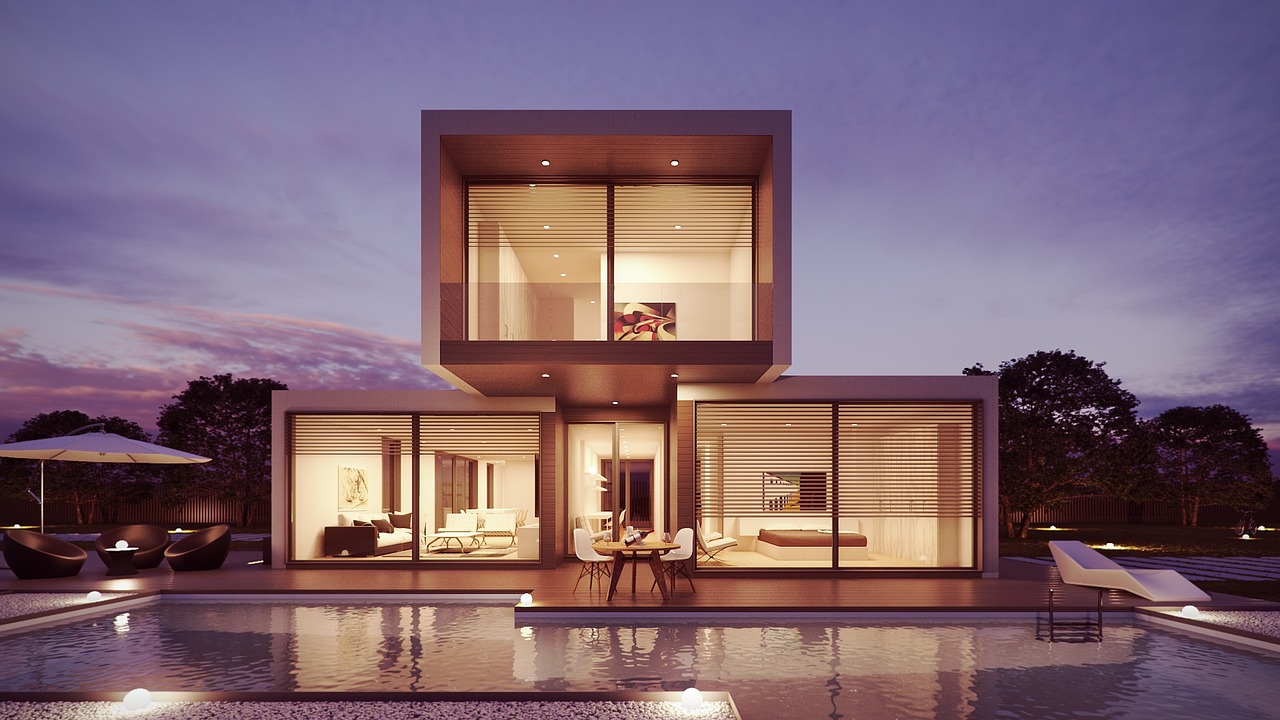
A major hurdle is the perception of prefab and offsite construction in the public eye, where it is still closely associated with the post-war era mass produced public housing. Other factors such as the skepticism against the actual cost and time savings offered by prefab techniques also play a role in the less-than-ideal image that the industry currently has.
The Construction 2025 paper published by the British government includes ‘reinvigorating the image of the industry’ as a key factor in attracting new talent to the industry. This similarly applies to the North American markets, where improving the perception of prefab amongst the public is an important consideration on its road towards more rapid and widespread adoption.
To that effect, we see the research institutions and invested organizations collaborating with offsite builders, to better advocate the benefits and successes of this sector, and dampen the stigma that has haunted the industry for decades
Global organizations such as McKinsey or KPMG for example can be found publishing reports and articles quantifying the benefits and bright potential of offsite and prefab for the European and North American markets.
Digital Innovation and Offsite Construction Software
CAD and BIM technologies can play an increasingly pertinent role in capitalizing on the benefits of offsite and prefab. The designer, manufacturer and contractor are able to work in greater cohesion within a shared environment-resulting, in improved coordination and thereby reduced inefficiencies, less rework and quicker project delivery.
Software such as MWF and Onyx streamline the design, production and assembly of steel and timber components, enabling builders to automate their workflows and further save time and costs.
What about benefits to the client? Process standardization is inherent in offsite and prefab methods, resulting in economies of scale and cost savings. However this doesn’t have to come at the cost of reduced opportunities for customization and individualization. CAD and BIM software give builders tools to improve and customize the design of their finished product to rival traditionally constructed homes.
The construction industry, offsite included, continues to head towards a digital future. Albeit at a glacial pace. To the casual observer, the rate at which digitization is being adopted by the construction sector almost mirrors the slow adoption of offsite methods within our industry—however—good things always take time.
How Can Revit Framing Software Help?
The MWF product line has built in features to help the offsite builder. MWF allows users to accelerate the modeling, engineering and production of wood and light gauge steel framing inside the Revit® environment. From there users can upload their framed projecta to our cloud production management software, ONYX to easily sequence the production of their panels, create stacking configurations and edit CNC output.
Here’s a glance at StrucSoft’s modular capabilities:
For more information on our products or design services, visit strucsoftsolutions.com, email us at info@strucSoftsolutions.com or call us at 514-538-6862
 StrucSoft Solutions| Graitec Group is the market leader in comprehensive Autodesk® Revit®-based BIM framing, with both off-the-shelf and custom solutions targeting the AEC and fabrication sectors. Our star solution MWF simplifies complex Revit® framing with its powerful range of tools for modeling, inter-trade clash detection, custom construction documentation and optional output to CNC machines.
StrucSoft Solutions| Graitec Group is the market leader in comprehensive Autodesk® Revit®-based BIM framing, with both off-the-shelf and custom solutions targeting the AEC and fabrication sectors. Our star solution MWF simplifies complex Revit® framing with its powerful range of tools for modeling, inter-trade clash detection, custom construction documentation and optional output to CNC machines.

